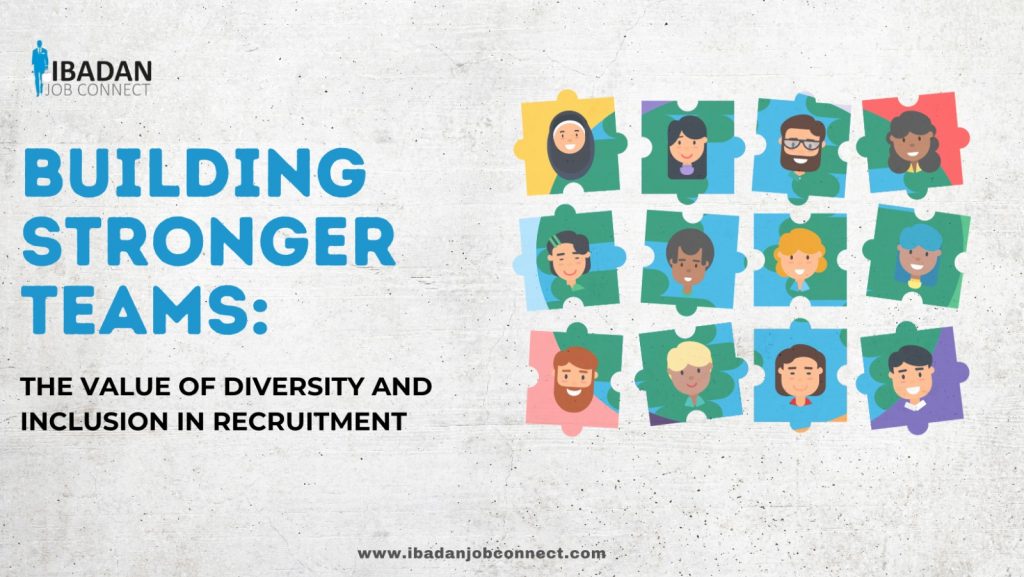In an intensely competitive world, maintaining a competitive edge is a critical strategy that organizations must elevate. You will discover in this article why embracing diversity and inclusion in your hiring process isn’t merely an option but the key to forging resilient and high-performing teams.
Let’s take a look at why diversity and inclusion are vital in recruitment and how they strengthen teams.
- The Business Case for Diversity and InclusionEnhanced Problem Solving: Diverse teams bring together individuals with different backgrounds, perspectives, and experiences. This diversity of thought leads to more creative problem-solving and innovation. When team members approach challenges from various angles, they are more likely to find innovative solutions.
- Broader Talent Pool: Inclusive recruitment practices attract a broader pool of candidates, ensuring that organizations can tap into a wide range of skills and talents. This allows companies to find the best fit for each role, promoting efficiency and productivity.
- Improved Decision-Making: Diverse teams make better decisions. Research has shown that teams that include a variety of perspectives tend to outperform homogenous groups. Different viewpoints help identify potential pitfalls, leading to more informed and effective decision-making.
- Increased Market Reach: In a globalized world, diversity within the workforce can help companies better understand and reach diverse customer segments. It allows for cultural competence and fosters a deeper connection with a broader range of consumers.
The Role of Inclusive Recruitment
To harness the benefits of diversity, organizations must start with inclusive recruitment practices:
- Bias Awareness: Training recruiters and hiring managers to recognize and mitigate biases is critical. Unconscious biases can lead to unintentional discrimination in the hiring process. Tools like blind recruitment, where identifying information is removed from resumes, can help reduce bias.
- Diverse Panels: Ensure that interview panels represent diverse perspectives. This sends a strong message to candidates that diversity and inclusion are valued within the organization.
- Inclusive Language: Review job descriptions and advertisements for gender-neutral and inclusive language. This attracts a wider range of applicants and promotes a more inclusive culture.
- Community Engagement: Engage with diverse communities and organizations to build relationships and networks. This can help identify qualified candidates from underrepresented groups.
- Mentorship and Development: Implement mentorship and development programs that support employees from diverse backgrounds. This not only aids retention but also helps to create a pipeline of future leaders.
Building a Culture of Inclusion
Recruitment is just the beginning; creating a culture of inclusion is an ongoing process. Here are some strategies:
- Leadership Commitment: Leaders should actively champion diversity and inclusion initiatives and lead by example.
2.Employee Resource Groups: Encourage the formation of employee resource groups where employees can connect, share experiences, and offer insights.
3.Inclusive Policies: Review and update policies to ensure they are inclusive, from hiring and promotion to work-life balance.
4. Training and Education: Provide ongoing training and education on diversity and inclusion topics for all employees.
Embracing diversity and fostering inclusion leads to stronger, innovative, and adaptable teams. To stay competitive, organizations must prioritize these values in their culture.

